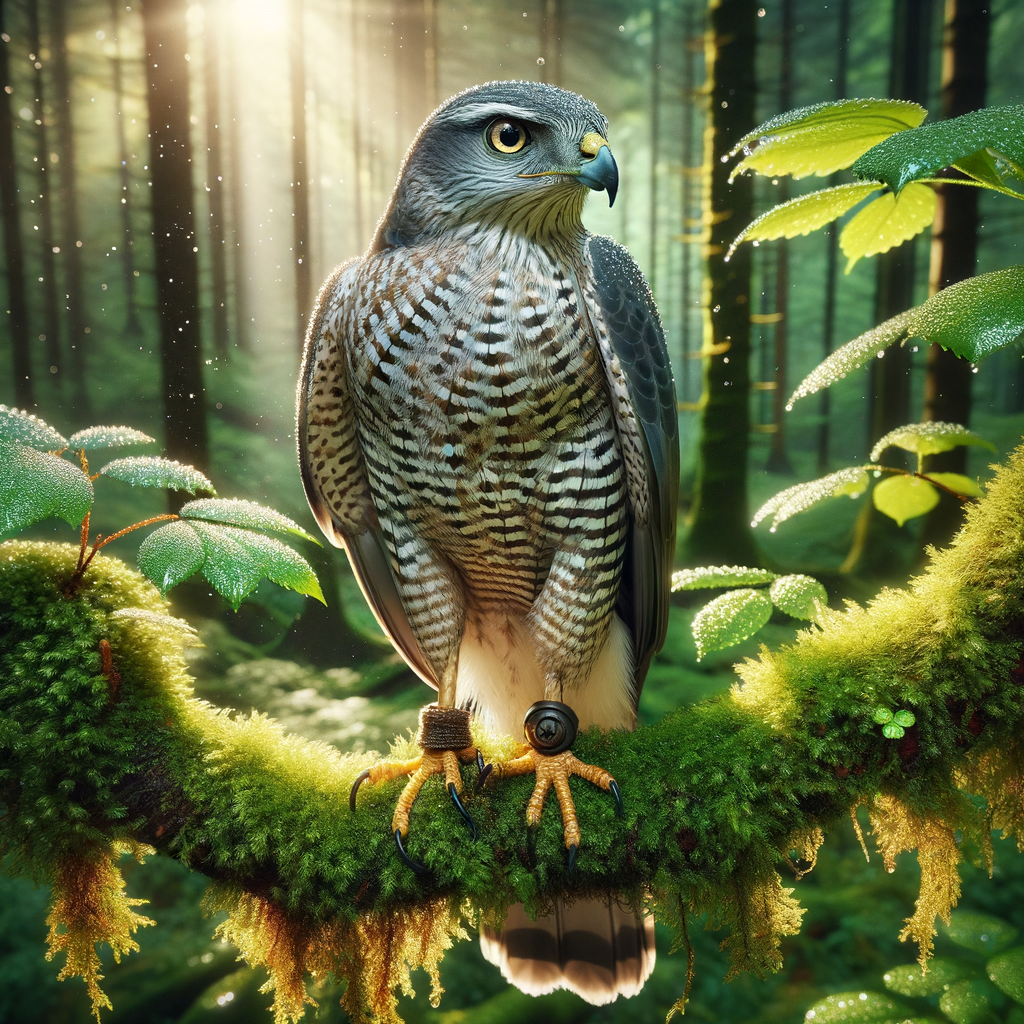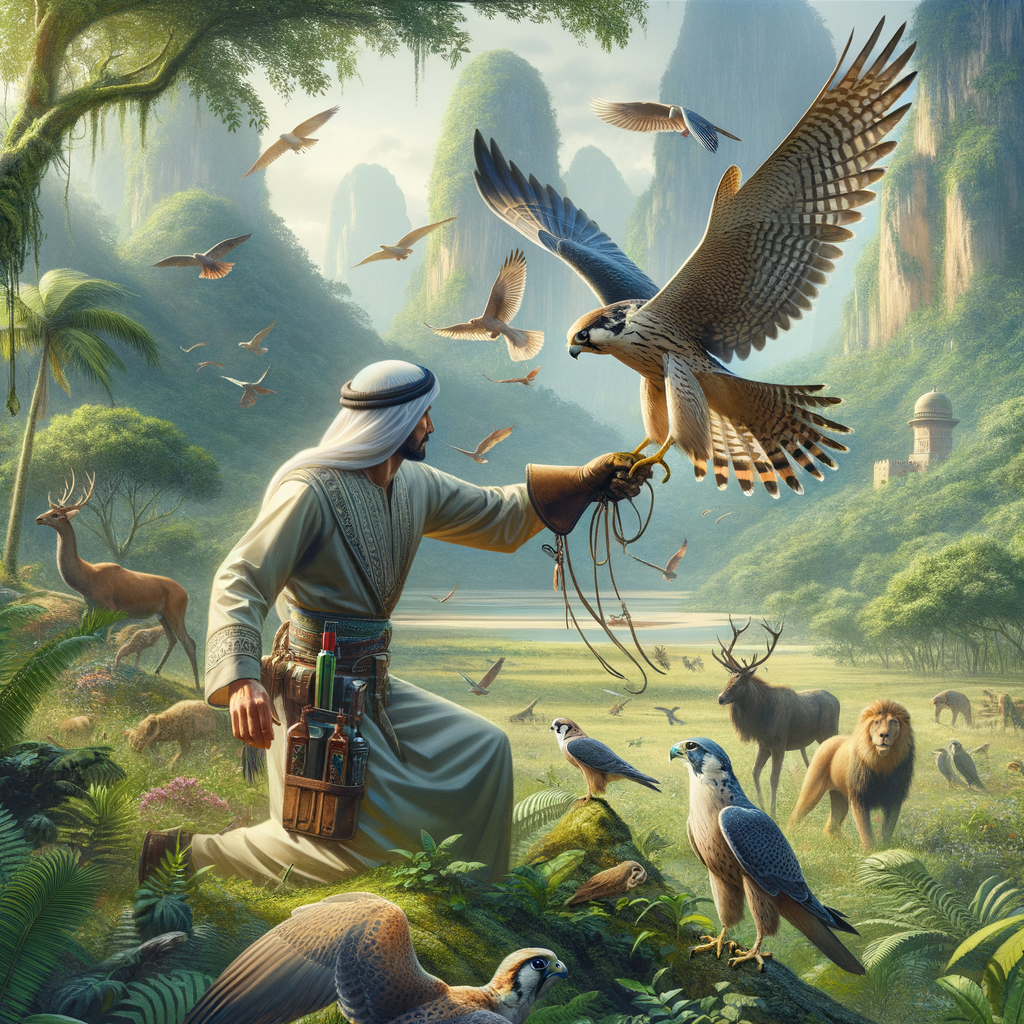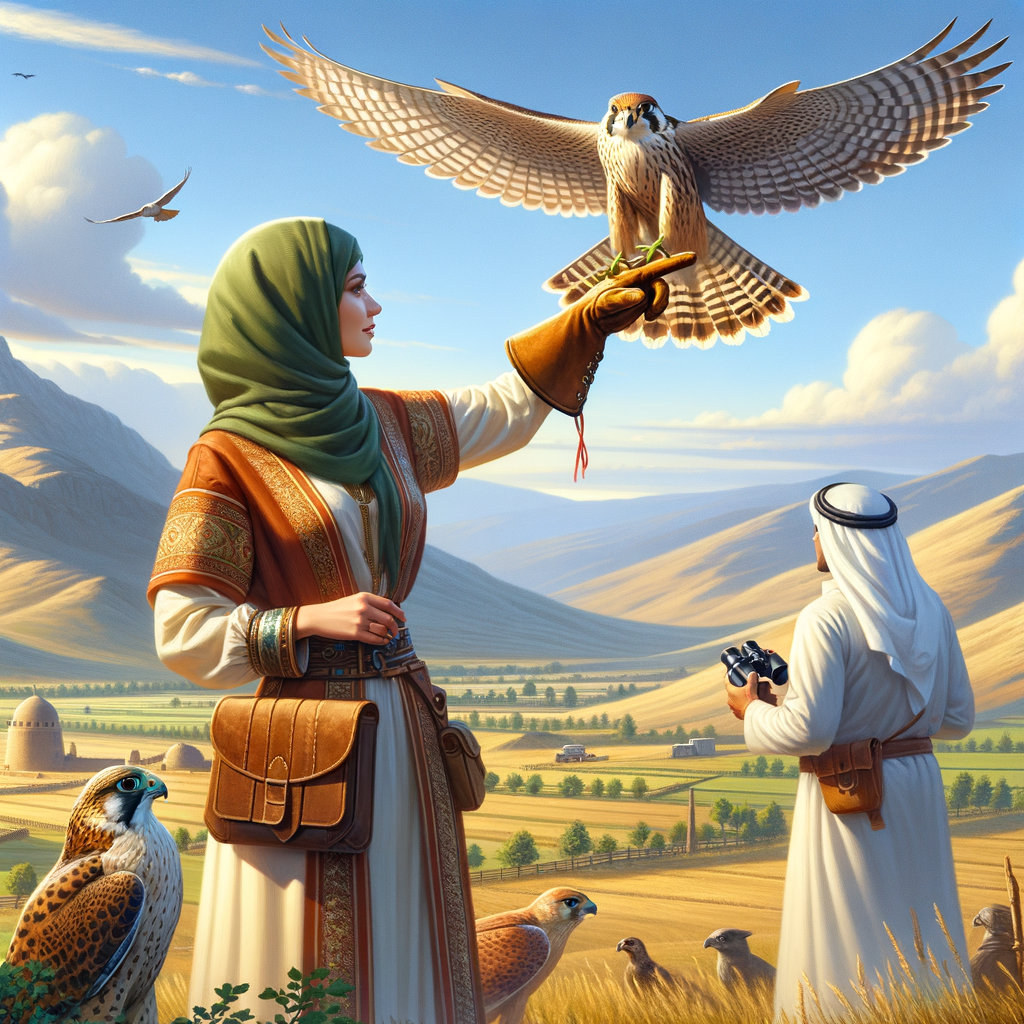Key Facts About Goshawks
- Goshawks are known for their agility and powerful flight.
- These birds of prey are skilled hunters.
- They usually hunt in forests and woodlands.
- Goshawks have sharp talons and strong beaks used for catching and eating prey.
- Their diet mainly consists of small mammals, birds, and insects.
- They have keen eyesight for spotting prey from a distance.
- Adult goshawks have a distinguishing blue-grey color with red eyes.
- They build large nests in tall trees to raise their young.
- Goshawks are protective parents and guard their nests fiercely.
- They play an important role in maintaining the balance of their ecosystems.
Discovering the Majestic Goshawks: A Journey Worth Taking
Top o’ the morning to you! Imagine strolling through the charming Irish countryside, where every twist and turn of the path holds something wild and wonderful to discover. Just as a traveler might find hidden gems in Ireland’s lush, rolling greens, diving into the world of goshawks is a journey filled with awe and amazement.
Mimicking an Irish folktale, studying goshawks is like unlocking the secrets of ancient, emerald forests where every tree has a history and every sound is a clue to a vibrant life teeming within. This article will uncover the mysteries of these birds ‘ from their keen hunting skills to their majestic beauty. Journey with us, and you might just fall in love with these feathered wonders.
So, settle in as we weave the tale of the goshawk, promising that each fact and story is more fascinating than the last. With Learn Falconry, adventure and knowledge always go hand in hand, and understanding the goshawk is a treasure trove waiting to be discovered.
Discover the World of Goshawks
Goshawks are fascinating birds of prey that have captured the interest of falconers worldwide. Here at Learn Falconry, we believe that understanding these incredible raptors can enhance your falconry experience. In this article, we will delve into the life and characteristics of goshawks, explore various goshawk species, and discuss the use of goshawks in falconry.
What is a Goshawk?
A goshawk is a medium-large raptor known for its swift flying and exceptional hunting skills. These birds are often recognized by their powerful build, broad wings, and distinctive coloring. With strong beaks and sharp talons, goshawks are perfect hunters, making them a favorite among falconers.
Different Species of Goshawks
There are several goshawk species found throughout the world. Each species has unique traits that make them interesting and diverse:
- Northern Goshawk (Accipiter gentilis): This species is widely distributed across the Northern Hemisphere, from North America to Eurasia. Known for its bold streaks and sharp vision, the Northern Goshawk is a formidable hunter.
- Japanese Goshawk (Accipiter gularis): Native to East Asia, this species is smaller but equally agile. It’s often found in forests, where it skillfully hunts its prey.
- Eurasian Goshawk: Found across Europe and Asia, the Eurasian Goshawk shares many characteristics with its Northern counterpart but boasts slight variations in size and plumage.
Goshawk Falconry
Goshawk falconry is an exhilarating practice that dates back centuries. Falconers worldwide have long prized goshawks for their agility and hunting prowess. Training a goshawk requires patience, skill, and the right equipment. If you’re interested in learning the history of falconry, visit this page.
Training Techniques
Training goshawks is an art form that incorporates various techniques. Learn more about training a falcon with our comprehensive guide here. Successful goshawk training typically involves:
- Positive Reinforcement: Encouraging the bird to associate good behavior with rewards.
- Lure Training: Using a lure to mimic prey and train the hawk’s hunting instincts.
- Recall Training: Teaching the goshawk to return to the falconer on command.
For those starting out in falconry, our beginners guide is a fantastic resource.
Essential Equipment
Properly equipping a goshawk for falconry is vital. Essential gear includes hoods, gloves, and telemetry equipment to track and manage the bird’s whereabouts. Check out our detailed list of equipment here.
- Hoods: Protect the goshawk’s eyes and keep it calm during handling.
- Jesses and Leashes: Essential for restraint and control during training.
- Telemetry: Modern technology to track the goshawk’s location during free flight.
Goshawks in Falconry Today
Today, goshawk falconry continues to be a respected and practiced tradition worldwide. Many modern falconers seek to balance tradition with advancements in technology and ethical considerations. Learn more about the innovative methods used in falconry today here.
Moreover, participating in falconry is not just about the sport but also about conservation and education. Falcons and goshawks alike play a vital role in maintaining ecological balance. For more on this, explore our section on falconry and conservation.
By understanding and appreciating the unique characteristics and training techniques of goshawks, you enhance your falconry experience, ensuring it’s both rewarding and responsible.
Stay tuned to Learn Falconry for more information, tips, and insights into the amazing world of falconry!
Exploring the World of Goshawks in 2024
Goshawks are incredible birds of prey known for their agility, strength, and impressive hunting skills. Here we’ll delve into different aspects of the goshawk’s life and falconry in 2024, from physical traits and breeding habits to migration patterns and falconry regulations.
Physical Characteristics
Goshawks are medium-to-large birds known for their striking appearance. Here are some fascinating features:
- Wingspan: 2’10”-3’8″ (83-114 cm)
- Length: 18″-24″ (46-61 cm)
- Weight: 1.5-2.6 lbs (680-1180 grams)
- Tail: Long, rounded, and wedge-tipped
- Feathers: Brown-gray to slate gray on upperparts, light gray with fine horizontal vermiculations and vertical streaks on underparts
- Eyes: Red to reddish-brown in adults, bright yellow in juveniles
- Superciliary: Thick and more pronounced than in other Accipiters
Breeding Habits
Goshawks have specific needs and practices when it comes to breeding, which often take place in secluded, mature forests. Here are the key points about their breeding habits:
- Nesting Sites: Goshawks prefer mature deciduous, mixed-deciduous, and evergreen forests for nesting.
- Nest Size: These nests can reach up to 91 cm across.
- Nesting Frequency: Typically, goshawks maintain one to eight alternate nests in a territory.
- Courtship Rituals: They include aerial displays, vocalizations, and “sky dancing” with slow, deep wingbeats and glides.
- Incubation Period: The female incubates the eggs for 35-38 days.
- Brooding: Females stay at the nest for 9-14 days after the eggs hatch before spending less time brooding during the day.
- Fledging Time: Juveniles leave the nest at 34-35 days old and are fed by their parents until about 70 days old.
Migration and Habitat
Goshawks are known for their solitary migration and adaptive habitats:
- Migration Patterns: These birds are solitary, soar and frequently flap and glide; migration patterns can be irruptive and invasive, usually at 10-year intervals.
- Preferred Habitat: They favor coniferous and deciduous forests, with a preference for mature forests for nesting.
- Wintering Grounds: During winter, they move to lower elevations and warmer areas.
Diet and Behavior
The goshawk is a versatile and skilled predator. Here’s what it typically eats and how it behaves:
- Diet: Mainly consists of birds, mammals, invertebrates, and reptiles of moderate to large size.
- Flight Pattern: Characterized by quick wingbeats interspersed with brief bouts of gliding.
- Behavior: Goshawks are monogamous, and pairs usually lay a single clutch of three to four eggs each year.
Conservation Status
The stats for the conservation status of goshawks show varying levels of protection depending on the location:
- US Status: Not Listed
- State Status in Michigan: Threatened (legally protected)
- Global Rank: Secure (G5)
- State Rank: Vulnerable (S3)
Falconry Regulations in 2024
In 2024, goshawk falconry regulations are detailed and specific to ensure proper management and documentation. Important facts include:
- Permit Application Period: For peregrine falcon permits, from February 1 to March 31.
- Take Permits: Seventeen permits available, sixteen for Utah residents and one for nonresidents.
- Take Season: Open from May 1 to August 31.
- Falconry Documentation: Falconers must use the Federal 3-186a database to document the capture, transfer, banding, or rebanding of falconry birds, with copies sent to the Utah Division of Wildlife Resources.
- Available Forms: Falconry Capture Report, Annual Report, various class applications, and more.
By understanding these different aspects of goshawks, we can appreciate their role in nature and how regulations help sustain their population.
Final Thoughts on Goshawks in 2024
The Northern Goshawk remains an exciting topic for bird enthusiasts and researchers alike. In 2024, these magnificent birds continue to capture our imaginations with their unique physical traits, breeding habits, and resilient population status. Their impressive wingspan, striking coloration, and distinctive eyes set them apart in the bird world.
Efforts to monitor and protect the goshawk populations are ongoing, with significant research focusing on their habitats and breeding patterns. Conservation projects and breeding surveys help us better understand their needs and behaviors, ensuring that these regal birds thrive in their natural environments.
For those involved in falconry, there are specific details to note for 2024. The application period for permits opens early in the year, and a limited number of take permits are available. Regulations ensure proper documentation and ethical practices, contributing to the sustainable management of goshawk populations.
Whether you’re a seasoned falconer or simply an admirer of these elegant birds, the Northern Goshawk’s story is one of resilience, beauty, and the intricate balance of nature. By continuing to learn and support conservation efforts, we can ensure that the goshawk remains a symbol of wild majesty for generations to come.



